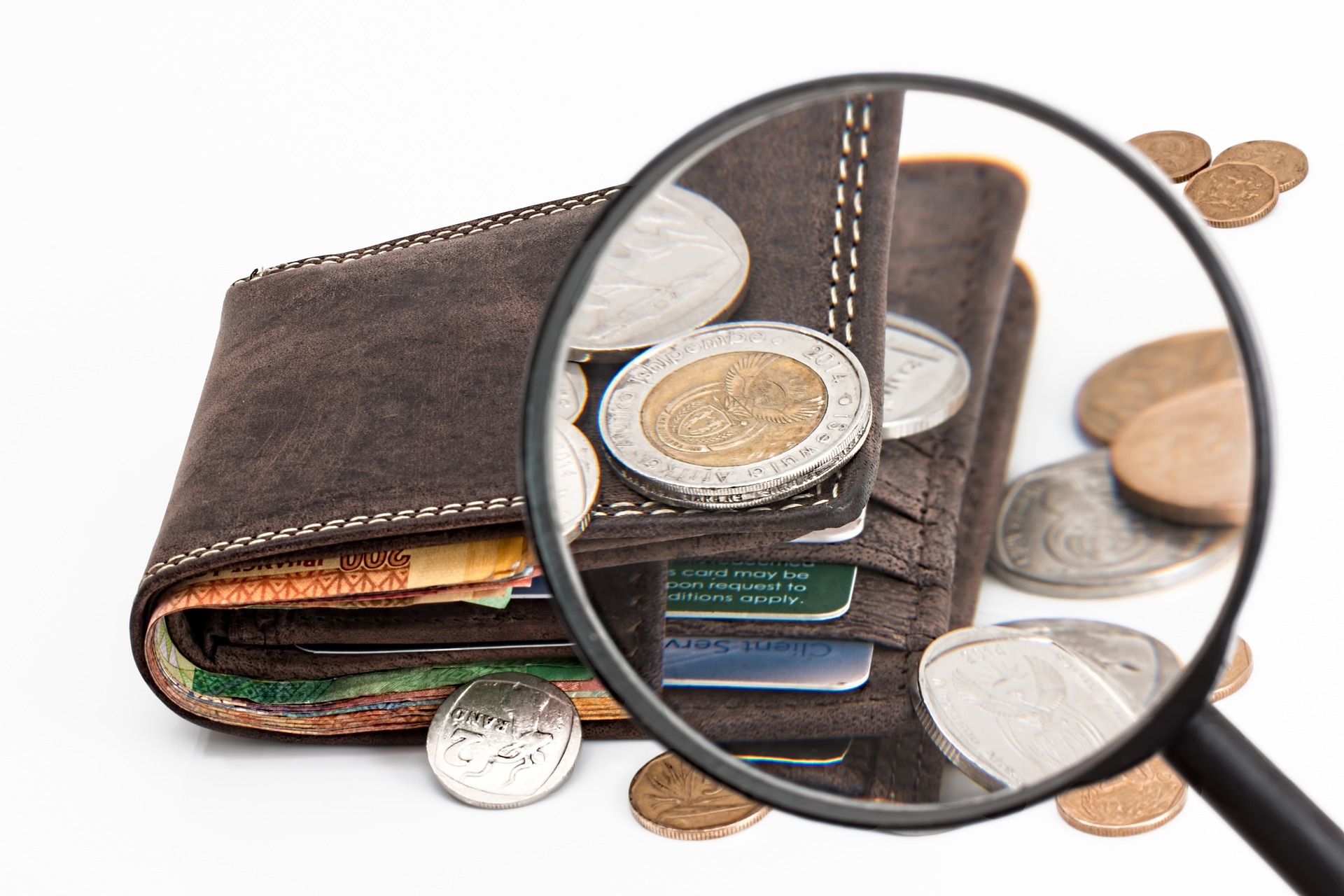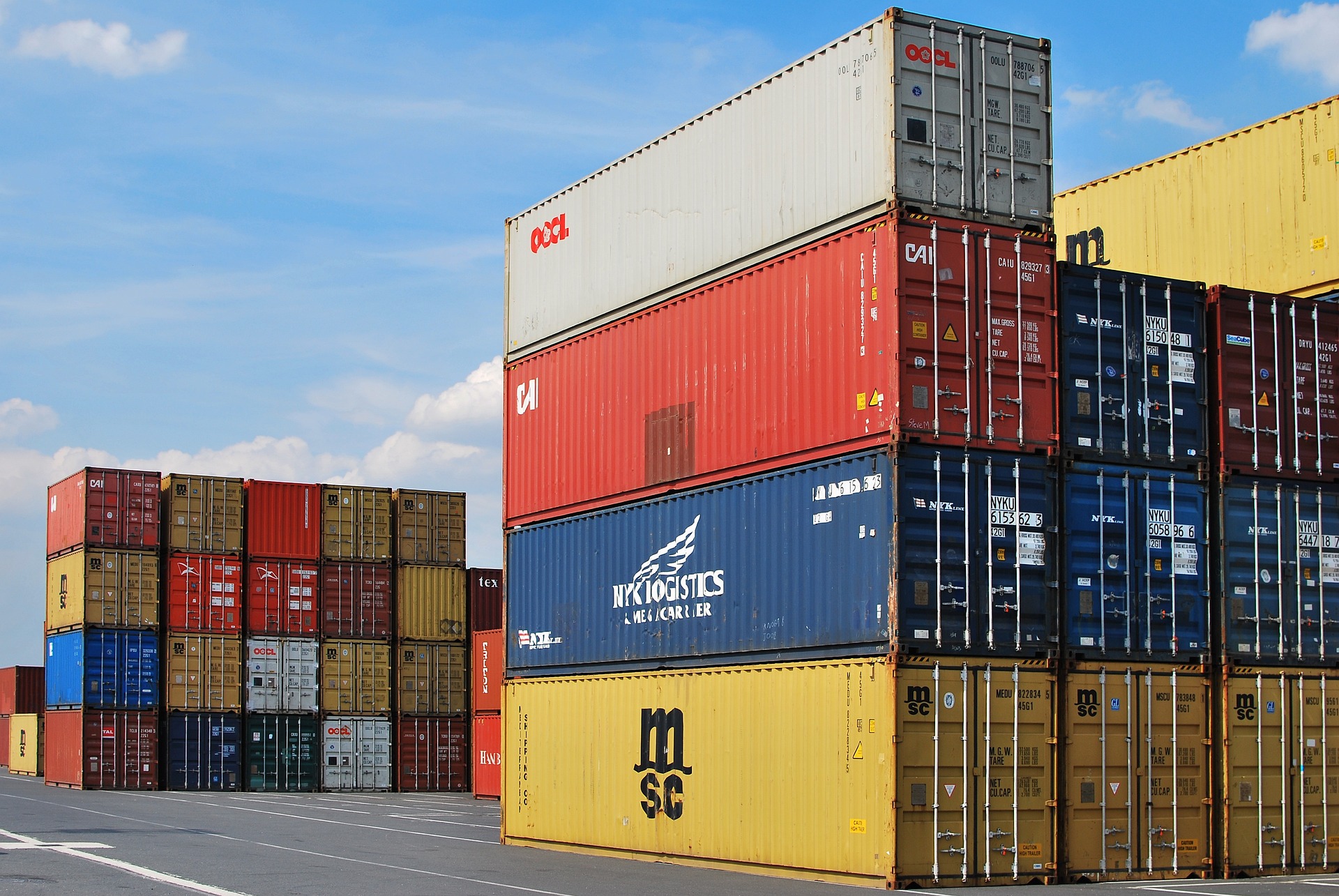Economic analysis | Macroeconomic indicators | Balance of payment | Remittance | Trade deficit

Over a week back, NRB released its monthly ‘current macroeconomic and financial situation data’, which provided a slight sigh of relief contrary to the notion that the economy is almost down-and-out now.
To accurately analyse the economy, it’s important to understand what some of the economic indicators that we keep on hearing in the news tell us about the economy.
Remittance inflows

For people in low-income and developing countries and the countries themselves, remittance is a crucial income source — often considered a lifeline for driving the economy.
Remittance inflows jumped by 27.1% in Nepali currency and by 16.4% in US dollars, says the latest seven-month data. The inflows increased by 27.1% to Rs 689.88 billion in the review period against a decrease of 4.4% in the same period of the previous year. In dollar terms, remittance inflows increased 16.4% to $5.30 billion in the review period against a decrease of 5.3% in the same period of the previous year.
For Nepal, the amount of remittance inflows has proven significant in not just poverty alleviation but also its effect on foreign exchange reserves and balance of payment, especially in the context of poor performance in FDI inflows and weak export capacity — both a crucial driver to foreign reserves and BoP.
Similarly, a growing remittance inflow also indicates that there is a growing outbound migration. For instance, 482,475 Nepalis left for foreign jobs in the first seven months of the current fiscal year.
Where does this growing outbound migration leave farm and industrial regions as a point of contention?
Now how did the remittance inflows rise so dramatically which was dwindling a while back?
The most probable answer is US dollar exchange rates getting stronger against the Nepali rupee, which motivated workers to send more money back home and formalisation of remittance transfers.
A stronger US dollar which drove up remittance inflows into the country also means that Nepali currency has depreciated strongly in turn — so imports get costlier — leading back to high inflation.
Already the authorities are struggling to contain inflation. The y-o-y consumer price inflation remained at 7.88% in mid-February 2023 compared to 6.24% a year ago.
Food and beverage prices increased by 6.19% whereas non-food and service inflation rose by 9.22% compared to the review month.
Read here to understand the nitty-gritty of inflation
It is also important to note that remittance is not a share of GDP since it is income earned abroad and GDP only covers domestic income. It however does contribute to the GDP since the remittance income boosts private consumption spending.
We often come across news and reports that mistakenly mention remittance contributions to GDP, which is not the case. In fact, they are just a proportion of what remittance figures look like when compared with the GDP.
Trade deficit

A trade deficit occurs when a country imports (buys) more than it exports (sells). The reverse situation is a trade surplus.
To meet import bills, the country has to burn its forex reserves to procure foreign goods and services which pushes both forex reserves and the BoP into the red zone.
Both imports and exports decreased this review period — imports by 19.9% and exports by 29% while the overall trade deficit fell by 18.7%.
The decline in imports, which has been ever ballooning for the last two decades, can be attributed to the temporary import bans imposed by the government seeing the possibility of a post-pandemic import spurt against an extremely weak export base and production economy, and resulting diminishing forex reserves.
The ban was imposed on 10 types of luxury goods — mobile phones, high-power motorcycles, four-wheelers, liquor, diamonds, large TV sets, toys, cards, snacks and tobacco — which was relaxed for certain goods after a few months but remained in effect for others for an eight-month period.
Besides the ban, the importers were also mandated to deposit a 100% cash margin to open a letter of credit.
For an import-driven economy like Nepal, decreased imports however pose cumulative effects on economic activity apart from dampening government tax collection, which is heavily reliant on import taxes (such as excise and custom tax) for its revenue.
Government expenditure

Government spending refers to money that it spends its revenue on planned areas for different purposes — social spending (transfer payments such as elderly allowance and scholarship provisions and free medical facilities for vulnerable groups of the society), investment in infrastructure (roads and bridges), defence and its own consumption — usually summed up as recurrent expenditure (operational expenditure such as government wages and salaries) and capital expenditure (development budget such as building physical infrastructure) and financial management expenditure.
As of today (23 March 2023), the total federal government expenditure amounted to Rs. 794.5 billion — where the recurrent expenditure is Rs 618.2 billion, capital expenditure is Rs 88.70 billion and financial management expenditure amounted to Rs 87.6 billion respectively in the review period.
For the last many years, the Nepal government has failed at achieving the allocated development budget expenditure (capital expenditure). In the eight months of this fiscal year, the government has barely achieved 24% of the allocated capital budget of Rs 380 billion. A similar dismal performance exists at the provincial and local levels while only four months remain now.
This has far-reaching implications.
A major spender in the economy, government spending spurs economic activities. However, low government capital spending discourages private investment as the unspent money that the government collects from the system will remain in the government vault (budget freeze) and not go into the economic system leading to disruption in economic activities and a shortage of funds.
When capital is scarce, interest rates rise. It is one of the reasons why banks face a recurring credit crunch, and when they finally manage funds, it usually ends up becoming costlier (high-interest rates).
On the other hand, government revenue plunged by almost 15% till February as compared to the last fiscal year. In light of plummeting revenue, the government reduced its budget size by 14% from the budget of Rs 1.793 trillion for the fiscal year 2022/23 in February after a half-year review.
Only 42.53% of the revenue collection is realised as of today — although almost 70% of the Rs 1.4 trillion (the revenue target) should have been met by now.
Total revenue collection amounted to Rs. 593.6 billion — the tax revenue equalled Rs 536.4 billion and non-tax revenue amounted to Rs 57.2 billion.
The fall in revenue has been a heavy blow to the government treasury which has barely witnessed such a decline over the past decades — owing to its heavy reliance on import-oriented revenues.
A poor government revenue (earning) collection means it may not be able to finance its development works. Two ways the government can increase their tax revenue are either by increasing tax rates or by increasing the tax base. Since a large chunk of the economy is informal, the optimal way is to expand the tax base by formalising the economy.
To meet deficit expenditure (when the planned expenditure exceeds revenue collection), the government will have to depend upon borrowing — external borrowing (bilateral and multilateral loans) or internal borrowing (issuing government debentures).
Balance of payment (BoP)

BoP is the difference between all the money entering the country versus the outflows over a period of time.
Money enters the country through transfers such as remittance inflows and foreign aid, exports, FDIs, foreign aid, and loans, interest on loans and dividends on investments and purchase of financial assets such as bonds and debentures by foreign individuals/entities/countries.
Money exits the country through a similar fashion like repatriation of profits (or dividends), payment of interest on loans, imports, remittance outflows and investments made to other countries (FDI into other countries is restricted in Nepal to prevent capital flight).
In short, the BoP is a record of all economic exchanges in goods, services, and assets of the country with the rest of the world.
Based on seven-month NRB data, BoP remained at a surplus of Rs 133.21 billion compared to a deficit of Rs 247.03 billion in the same period of the previous year. In dollar terms, the BoP remained at a surplus of $1.01 billion against a deficit of $2.07 billion in the same period the previous year.
Foreign exchange reserves

Assets — foreign currencies, bonds, treasury bills, and other government securities — held in reserve in foreign currencies by a nation’s central bank are foreign exchange reserves.
Gross forex reserves increased 13.8% to Rs 1,383.33 billion in mid-February 2023 from Rs 1,215.80 billion in mid-July 2022. In dollar terms, the gross reserves increased by 10.2% to $10.50 billion in mid-February 2023 from $9.54 billion in mid-July 2022.
Indian currency is the largest share of forex reserves — around 22.4%.
The increase in remittance inflows and the eight-month-long import bans that prevented outflows of forex reserves are two main reasons why the forex reserves spiked during this review period.
The amount of forex reserve is often analysed with respect to the period of imports it can cover. Based on the seven months of import of 2022/23, the present level of forex reserves is adequate to cover (or pay for) the prospective merchandise imports of 10.8 months, and merchandise and services imports of 9.4 months.
The indicator is also an important metric for foreign investors to assess if the destination countries have enough reserves to pay back their investments.
Learning from the Sri Lankan Crisis
Finally, just to recall, a year ago, Sri Lanka’s economy spiralled into crisis, after failing to read signs from these economic indicators. Its economic crisis was years in the making.
Tourism, a big source of foreign currency receipts, was hit hard after terrorist attacks in 2019 and then the pandemic, which meant foreign-currency receipts collapsed. By February 2022, Sri Lanka had just $734 million in forex reserves making it harder to buy essential imports.
On the other hand, dwindling remittance inflows, a wide trade deficit and a soaring BoP deficit meant that currency depreciated and inflation soared up, unfolding a shortage of essential goods.
Read More Stories
Kathmandu’s decay: From glorious past to ominous future
Kathmandu: The legend and the legacy Legend about Kathmandus evolution holds that the...
Kathmandu - A crumbling valley!
Valleys and cities should be young, vibrant, inspiring and full of hopes with...
We are currently hiring for multiple positions within our organization. If you are...